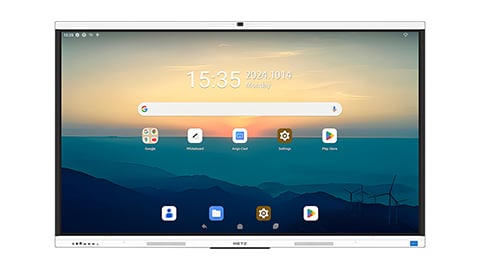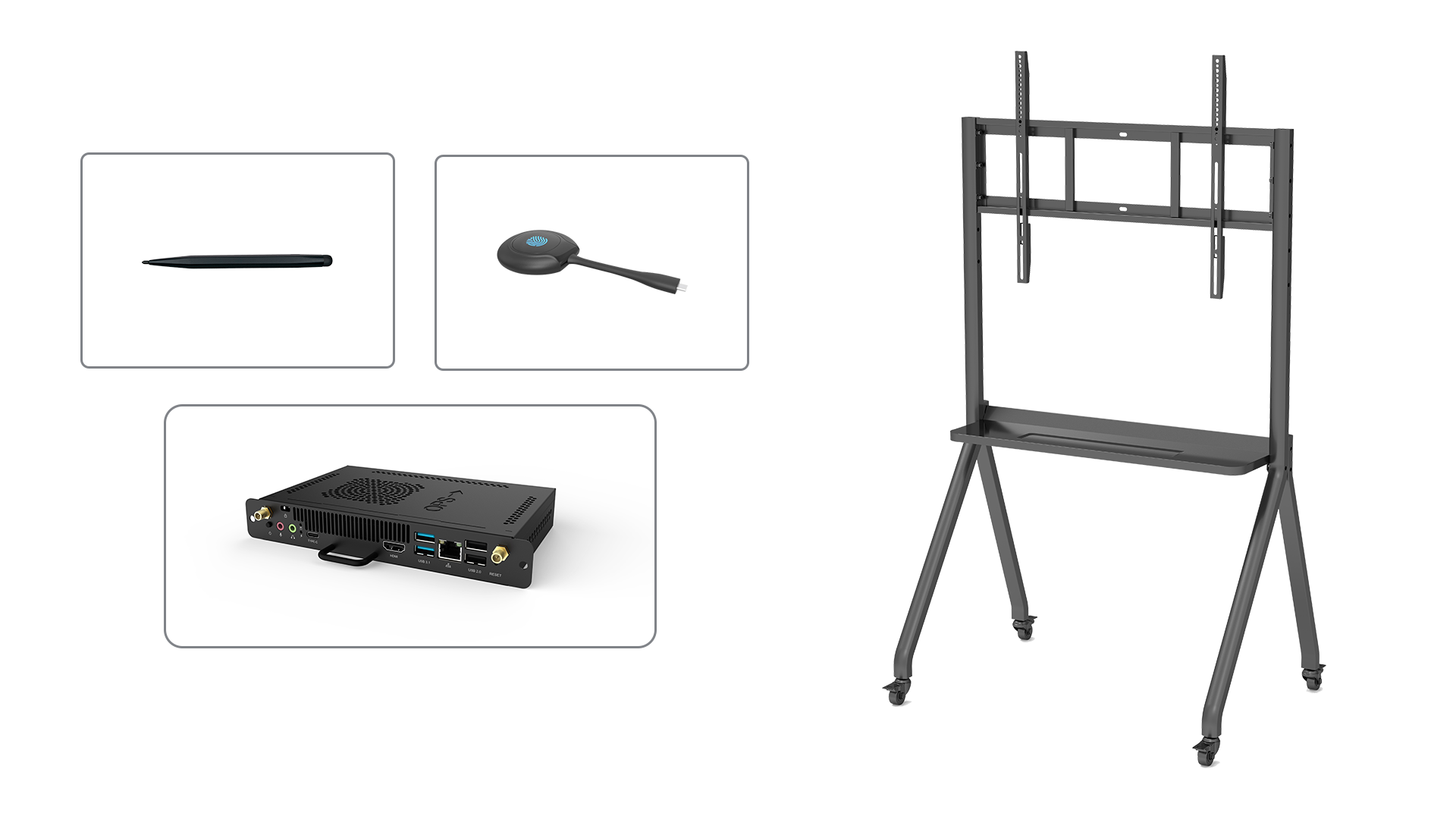Introduction
Smartboard tools have revolutionized the way teachers impart knowledge and engage students in the classroom. These interactive whiteboards offer a wide range of features and functionalities that enhance learning experiences. In this article, we will explore ten essential smartboard tools that can transform your teaching methods and make lessons more interactive and engaging.
1. Annotation Tools
One of the key features of smartboard tools is their annotation capabilities. With these tools, teachers can write, draw, highlight, and annotate content directly on the board. This feature allows for real-time interaction and encourages student participation. Teachers can emphasize important points, correct mistakes, or add additional information as the lesson progresses.
2. Multimedia Integration
A smartboard is not limited to text and images alone. It offers multimedia integration, allowing teachers to incorporate videos, audio clips, and animations into their lessons. This enriches the learning experience by appealing to different learning styles and making complex concepts more accessible.
3. Interactive Games
Smartboard tools provide pre-built interactive games that make learning fun and engaging. Teachers can create quizzes, puzzles, and other educational games to assess students' knowledge and understanding. These games can be customized to suit different age groups and subjects, making learning a playful experience.
4. Virtual Field Trips
With smartboard tools, teachers can take their students on virtual field trips without leaving the classroom. They can explore different parts of the world, historical sites, museums, and even outer space through interactive maps and videos. This immersive experience brings the outside world into the classroom and broadens students' horizons.
5. Collaboration Tools
Smartboard tools encourage collaboration among students by providing features like split-screen and multi-touch capabilities. Students can work together on projects, solve problems, and share ideas in real-time. This fosters teamwork, communication, and critical thinking skills.
6. Polling and Assessment
Teachers can use smartboard tools to conduct live polls and assessments during lessons. This allows them to gauge students' understanding, collect feedback, and adapt their teaching accordingly. These tools provide instant results, allowing teachers to identify areas of improvement and address them immediately.
7. Virtual Manipulatives
Smartboard tools offer virtual manipulatives, which are digital representations of physical objects used for teaching mathematics and other subjects. Students can interact with these manipulatives, such as counting blocks or geometric shapes, to understand abstract concepts and solve problems visually.
8. Integration with Online Resources
Smartboard tools seamlessly integrate with online resources, such as educational websites, digital textbooks, and learning management systems. This allows teachers to access a vast array of educational content, interactive lessons, and assessments, enhancing their teaching materials and saving valuable time.
9. Screen Recording and Playback
Teachers can record their smartboard lessons and save them for future reference or share them with absent students. This feature also enables teachers to review their teaching methods, identify areas for improvement, and refine their instructional techniques.
10. Handwriting Recognition
Smartboard tools often come with handwriting recognition capabilities, allowing teachers to convert their handwritten notes into digital text. This makes it easier to organize and share lesson materials, and it also assists students who may struggle with handwriting.






